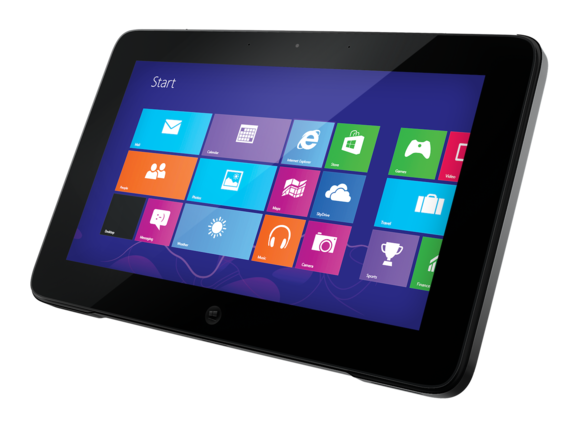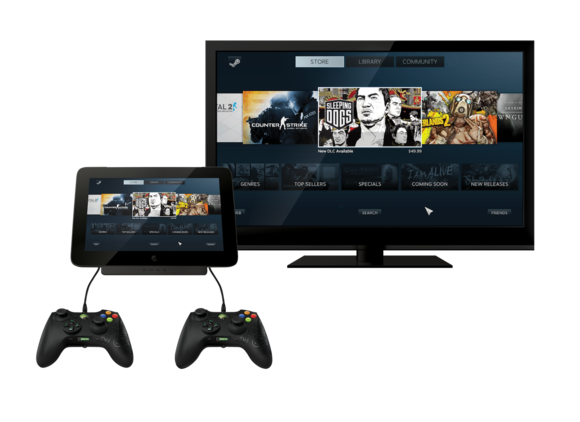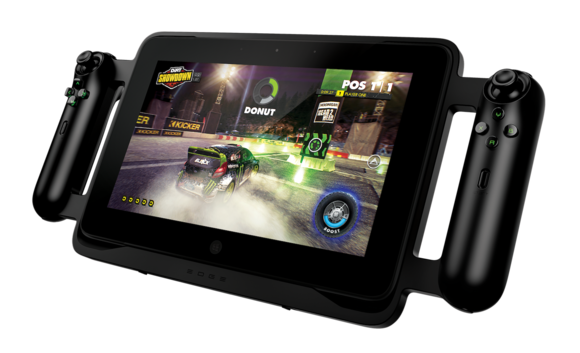LAS VEGAS—Razer takes a stab at the tablet market with the Edge, a 10-inch Windows 8 tablet designed emphatically for PC gamers. We saw the prototype version at CES last year when it was still known only as the “Project Fiona” gaming tablet.
Now the finished product, shown below, is on the market before most other major 64-bit Windows 8 tablets, including the upcoming Vizio MT11x and Microsoft’s own Surface Pro.

You can pick up the basic Razer Edge for a starting price of $999, and that gets you an Intel Core i5 processor, 4GB of DDR3 RAM, a 65GB SSD and an Nvidia GT640M LE GPU.
The more expensive Razer Edge Pro starts at $1,300 and includes the same Nvidia GT640M LE GPU plus an Intel Core i7 processor, 8GB of RAM and either a 128GB or 256GB SSD.
Both models also have a USB 3.0 port and support for Bluetooth 4.0, so it’s possible to hook up PC peripherals like gamepads, mice, and keyboards. You can also buy the Edge Pro as part of a bundle that includes the Razer Edge Gamepad Controller, a funky-looking proprietary controller that looks sort of like a pair of PlayStation Move controllers fused to a tablet case.
The controller attaches to the back of the Edge and features a pair of analog sticks and vibrating motors to emulate the experience of playing games on a home console. The controllers are fully programmable, but they ought to work with most any PC game that supports a standard USB gamepad without much trouble.

The docking station charges the Edge and features three USB 2.0 ports, an HDMI port, and jacks for pumping audio into or out of the device. These ports route data directly through the Edge while it’s docked, meaning you can hook up an HD display, a mouse and keyboard (or a couple of gamepads), and a headset to play games or handle your business on the tablet without needing to switch to a full desktop PC.
It’s a nice feature that may prove to be a necessity if the Edge proves to have poor battery life in real-world conditions, but we won’t know for sure until we get it into our lab for some serious hands-on testing. In the meantime, take solace in the knowledge that you can purchase an extended battery that promises to double the battery life of the Edge.

It also means a successful PC gaming hardware manufacturer sees long-term appeal in producing Windows 8 tablets designed for gamers, and that’s good news for anyone worried about touchscreens and tablets eclipsing traditional desktop PC work or edging out performance-minded PC enthusiasts.
Sign up here with your email

ConversionConversion EmoticonEmoticon